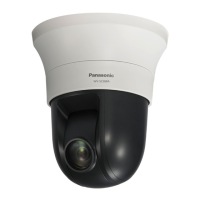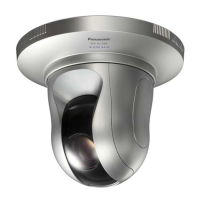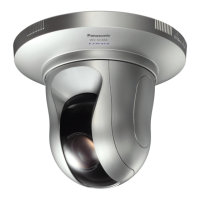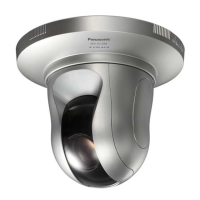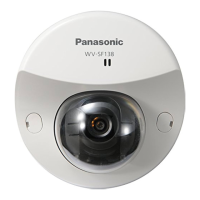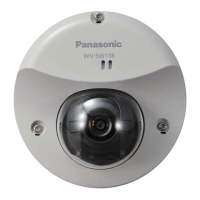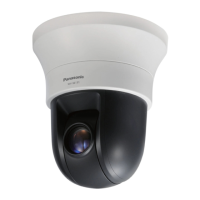How to fix Panasonic Security Camera when I cannot access it from the web browser?
- GgonzaleznathanielAug 27, 2025
First, ensure the LAN cable (category 5e or better) is firmly connected to the camera's network connector. Check if the link indicator is lit; if not, there may be a LAN connection issue or network malfunction. Verify that the camera's power is on and that the set IP addresses are valid. Ping the camera's IP address to check the connection; if there's no reply, examine the connection methods.



